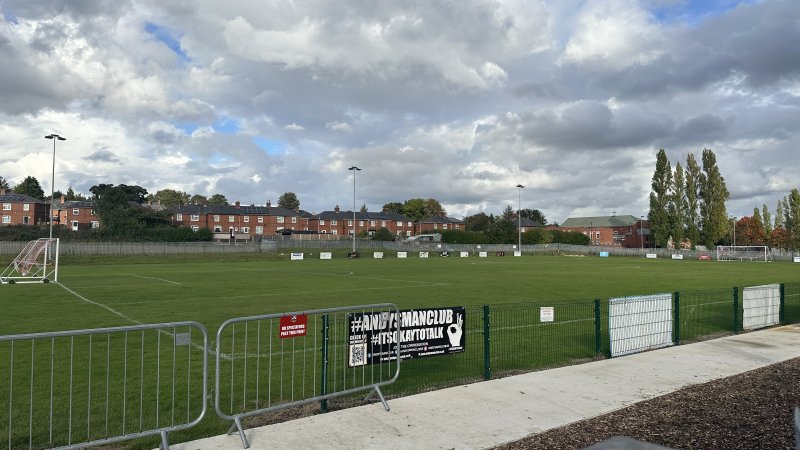AN enforcement notice issued to a farmer who was accused of demolishing protected buildings without consent has been thrown out by a government department.
Neal Clarke, of Bridge Farm in Grimethorpe, was told to rebuild three outbuildings within a three-month period by Barnsley Council in January.
However, he appealed with the Planning Inspectorate, which this week ruled that no unlawful demolition had occurred and quashed the local authority’s enforcement notice.
Inspector Elizabeth Pleasant, who oversaw the appeal, said the demolition work which took place at the Brierley Road site did not impact the farmhouse, which is listed.
Her report said: “In this case the list description for the farmhouse states that it dates from the early 19th century with an earlier core.
“It describes the building as presently unoccupied and in an unfortunate state of disrepair.
“There is no mention of any other detached buildings within that description - the historic photograph and extract from the first edition Ordinance Survey published in 1854 suggest that the outbuildings had been constructed by the mid-19th century.
“Having regard to the evidence before me, there is little to indicate that the use of the outbuildings, historically or at the date of listing, were ancillary to the residential use of the farmhouse.
“Furthermore, by reason of the physical separation and boundary treatments identified above, the area associated with the residential use would have been at the time of listing, readily identifiable visually and functionally.
“In my judgement the physical layout and functions of the buildings mean that the outbuildings the subject of the enforcement notice did not, at the date of listing, form part or parcel of the farmhouse, and it was not part of the land intimately associated with it.
“Overall, I conclude that as a matter of fact and degree, the appeal buildings cannot be treated as being within the curtilage of the farmhouse.
“The outbuildings are not therefore part of the listed building and the demolition of those buildings were not a contravention.”



























